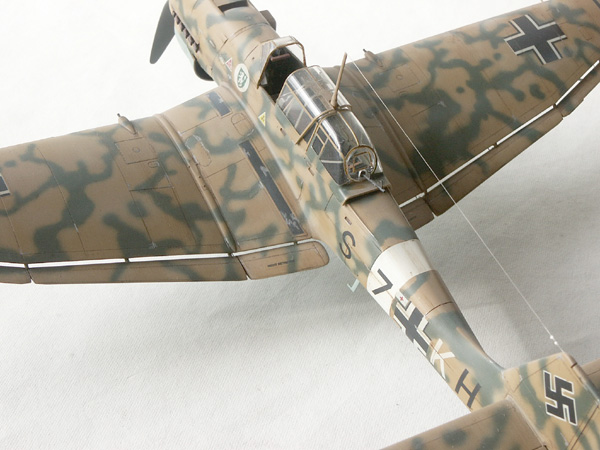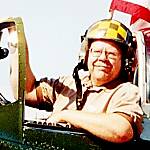Here is the response that I received from one of the members of our local club. His 'handle' is Spass Vogel. Spass lives just outside our state capitol and drive a 120 mile round trip once a month to attend our club meetings. He is our resident Luftwaffee gura, but does acknowledge that he obtain this technique from anoth web site. None-the-less, our hats at tipped to the Spass Vogel.
"They are very easy to make...
You need: Plasti-card (sheet styrene) the thinnest you can find, a lit candle, X-acto knife, and a sewing needle or safety pin
Cut the plasti-card into the size of a poker playing card.
Then cut that in half. Take the plasti-card and hold it over a lit candle. Let the plasti-card heat, not burn.
Take the card away from the heat and push the needle into the plasti-card. Try NOT to pierce the card. Notice that the melted card will be cone shaped.
After the card cools, cut the tip off, take the needle point and push it thru the top. Not too much, just a little. That way you will be able to thread a line thru and it will be much easier to handle.
In other words, push the needle thru a small, finished cone that has already been cut and see how many time you hurt yourself!
I strongly recommend that you do not use the middle of the card, try to make 3 or 4 cones on one card. Sometimes you may not make a perfect cone...other times the tip may not be cut just right.
It took me 4 or 5 (cones) times before I got a good one...but after a while, it usually took maybe 2 or 3.
When I was doing this, I stockpiled about eight or nine small 48 scale insulators in my parts drawer.
After you cut the top off, try to the cut the tip less cone again...these will make great looking insulator housings that are mounted on the fuselage on the 109 E to F series.
Even the bad formed cones will be good for this. Just slice the tip off a little smaller and use the lower part to make them."
Again, thanks to Spass Vogel. I have not tried this yet, but in theory is sounds like it will work, and after viewing the Spass Vogel's model I know that it will.
Best wishes to all.






























